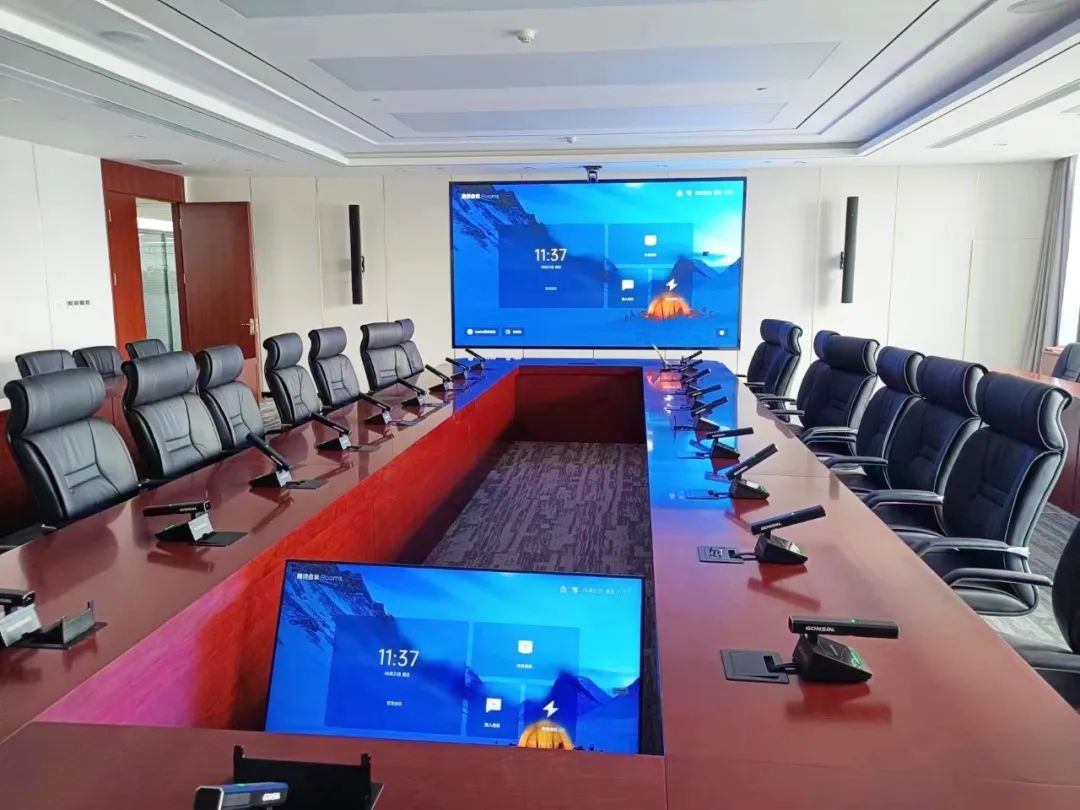Resources
Products
Audio is the cornerstone of any successful conference call. Whether you're chatting on a laptop or using a government network conferencing system, you need to be able to hear the other party clearly. In this article, we will outline the definition of digital signal processing technology and how it enhances user experience.
Abbreviated as “DSP,” digital signal processing systems are used to process audio signals to achieve specific goals. Some DSP systems can also process video and other data. For example, a DSP system may include an algorithm for detecting the primary audio source and isolating it from any unwanted noise, resulting in a clearer signal. Depending on the initial signal and the conference equipment used, multiple algorithms can process audio signals simultaneously. After processing the audio signal, it is converted back to an analog signal and sent to the speakers.

Here are some ways DSP enhances audio signals:
A/D/D/A Conversion
DSP systems can convert analog signals to digital data, process the data in various ways, and then convert it back to analog signal without compromising audio quality. This allows users to directly connect a microphone to the DSP device without the need for additional equipment.
Acoustic Echo Cancellation
This is typically the first process in the DSP signal chain to prevent unnecessary echoes. Without echo cancellation, your voice will be amplified on the remote system, captured by their microphone, and then played back through your speaker.
Automatic Gain Control
Next, the DSP system will automatically control and balance the volume of the entire conversation to prevent the signal from becoming too loud or too soft. This can significantly reduce audio fatigue.
Digital signal processing is everywhere. DSP is primarily used in audio signals, speech processing, radar, seismology, audio, sonar, speech recognition, and some financial signals. For example, digital signal processing is used for speech compression and transmission in phones. In premium headphone devices, the same concepts of suppression and enhancement are equally important to protect users from hearing damage.
As mentioned earlier, the purpose of digital signal processing is to filter analog signals from current time and space. It is applied in various technical devices but is particularly important in noise suppression and speech enhancement communication devices.
On a large scale, digital signal processing with DSP can be very complex and expensive. However, if you are working in a smaller space with a few participants, your conference equipment may only need an embedded DSP chip to produce high-quality audio. Meanwhile, if you are using a large conference system with dozens of microphones and speakers, you will need a separate DSP device to handle the workload.
Fortunately, Gonsin's conference solutions can handle DSP in any conference environment. Whether you are working in a small meeting room, boardroom, or a large conference room, we offer integrated DSP systems, providing you with an exceptional audio experience. Feel free to contact us for professional solutions.
Gonsin is here to offer you the customized solutions for conference audio and video system.